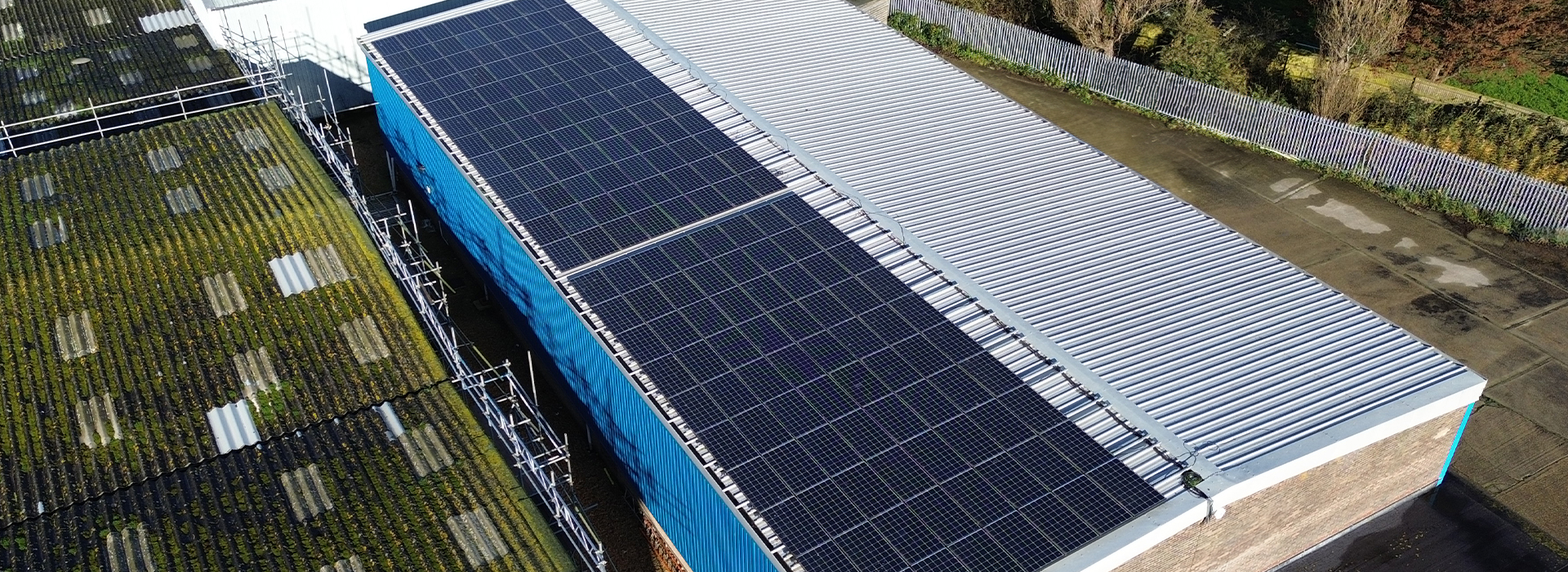As winter approaches in the UK, it brings not only shorter days and colder temperatures but also challenging weather conditions that can make industrial and commercial work environments more hazardous. One of the most crucial safety concerns during this time is fall protection. Whether you manage construction sites, warehouses, or large industrial complexes, ensuring that your fall protection systems are tested and maintained can save lives and prevent serious injuries.
Here’s why fall protection testing should be at the top of your winter safety checklist.
Increased Weather Hazards
Winter brings rain, ice, snow, and high winds. These weather conditions significantly increase the risk of falls from height, particularly in industrial and commercial settings where employees often work on rooftops, scaffolding, and elevated platforms. Surfaces become slick, visibility is reduced, and unstable structures can worsen in the cold, making it essential that all fall protection gear is functioning properly.
Testing your equipment to withstand these elements ensures that fall arrest systems, guardrails, and personal protective equipment (PPE) remain reliable when conditions are at their worst.
Compliance with UK Safety Standards
In the UK, fall protection equipment is governed by the Work at Height Regulations 2005 and must comply with strict safety standards. Regular testing and inspection are legal requirements to ensure that your systems meet the necessary standards, such as EN 365:2004 (for personal fall protection systems). Failing to meet these regulations could lead to severe penalties and liability for workplace accidents.
Winter is an ideal time to conduct a thorough review, as harsher conditions highlight the importance of up-to-date, well-maintained safety measures.
Wear and Tear Over Time
Your fall protection systems endure wear and tear over time, especially if they’ve been exposed to harsh conditions during the previous winter months. Everything from anchor points to safety harnesses and retractable lifelines may have deteriorated, leading to weakened components that might not perform adequately in a fall event.
A seasonal inspection identifies any worn parts and allows you to replace or repair them before the cold weather intensifies these vulnerabilities.
Employee Confidence and Morale
When employees know that their safety is a priority, they feel more confident and secure in their roles, especially when facing hazardous conditions. Regularly testing and maintaining fall protection not only protects their physical well-being but also boosts morale, which can lead to higher productivity.
By visibly prioritising safety through routine inspections and equipment testing, you demonstrate a commitment to your team’s welfare.
Preventing Expensive Downtime
A fall-related accident can cause severe disruptions in business operations, particularly in industrial and commercial sectors. Not only can it lead to downtime, but it also involves investigations, potential fines, and increased insurance premiums. By conducting regular fall protection testing ahead of winter, you minimise the risk of incidents that could halt productivity and create financial strain.
Winter Checklist for Fall Protection
Inspect and Test Anchor Points: Ensure they are secure and not corroded.
Check Harnesses and Lanyards: Look for signs of wear, damage, or degradation.
Test Fall Arrest Systems: Verify they function correctly under load conditions.
Review Guardrails and Barriers: Confirm that these systems are stable and safe.
Document Inspections: Keep a log of all tests, repairs, and replacements for compliance and audit purposes.
Final Thoughts
As winter approaches, preparing your industrial or commercial site for colder weather involves more than just swapping out tools or adding extra layers of clothing. Ensuring that your fall protection equipment is fully tested, compliant, and in peak condition is critical to protecting your workforce and preventing costly accidents. Don’t wait for an incident to highlight the importance of fall protection—make it a priority now.
By taking proactive steps today, you can ensure that your team stays safe and your operations remain efficient throughout the winter season.



